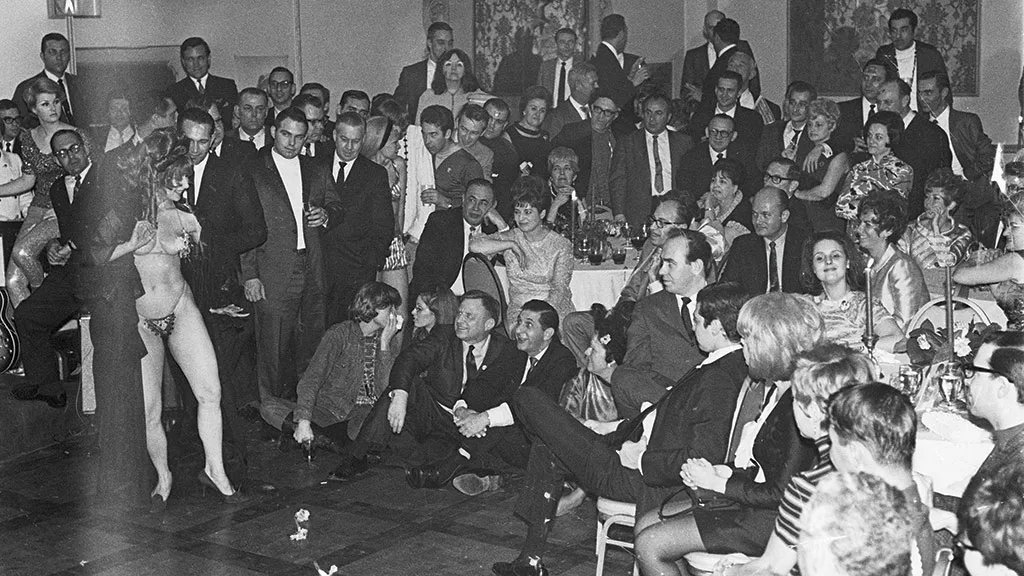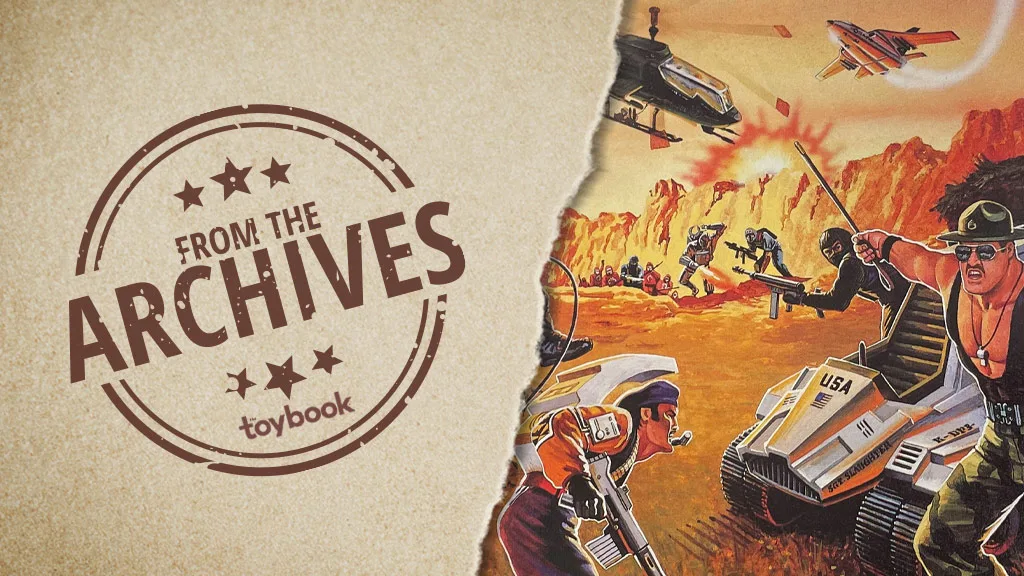by CHRIS BYRNE, The Toy Guy, President, Byrne Communications
Once upon a time in the great, big city, a magical transformation happened. For more than two weeks every winter, it seemed like everywhere you went, the city was all about toys and play. People came from all over the world. There were gigantic, dazzling balls every night and news of what was coming to delight children spread throughout the country.
It may sound like a fairytale, but that’s pretty much the way it happened during what one might call the “golden age” of the American International Toy Fair, as it was called then. For 40 years from 1960 to 2000, the Toy Center at 200 Fifth Avenue played host to the international toy industry, and it was a big event. Toy companies started moving into the building in 1949 after World War II, but it wasn’t until 1960 that the building exclusively housed toy companies.
During those years Toy Fair ran between two and three weeks, and industry veterans recall being booked solidly with appointments. Of course, there were many smaller accounts all doing their own buying at the time, so the traffic at 200 Fifth and the adjacent 1107 Broadway was nonstop. Buyers and media people knew which showrooms had the best lunches — and the best cocktails at 5 p.m. There were incredible parties every night, and show attendees would do everything in their power to get a coveted invitation to such events as the Jurassic Park launch at The Museum of Natural History, or to Universal’s celebration of How the Grinch Stole Christmas when the entire 26th Armory was transformed into an elaborate Whoville, where Ron Howard and Jim Carrey showed up, and guests drank and talked as snow fell indoors. That extravaganza in 2000 turned out to be one of the last major parties of its kind in this era.
Toy people filled the hotels, and the Waldorf-Astoria even flew the Mattel flag out front during the time that everyone was there. The elevators at the Toy Center couldn’t accommodate the crowds, so the stairwells were always full as people rushed between meetings. National media broadcast from the lobby or showrooms, and it wasn’t surprising to run into a celebrity — or 10 — brought in to help promote a toy.
Every cab driver knew it was Toy Fair; there were ads everywhere, and the street outside the Toy Center was filled with activities, stunts, displays, monster trucks, and even wild animals — all in an attempt to lure buyers and media, not to mention crowds of curious onlookers, some of whom came every year. It was truly as if the circus had come to town.
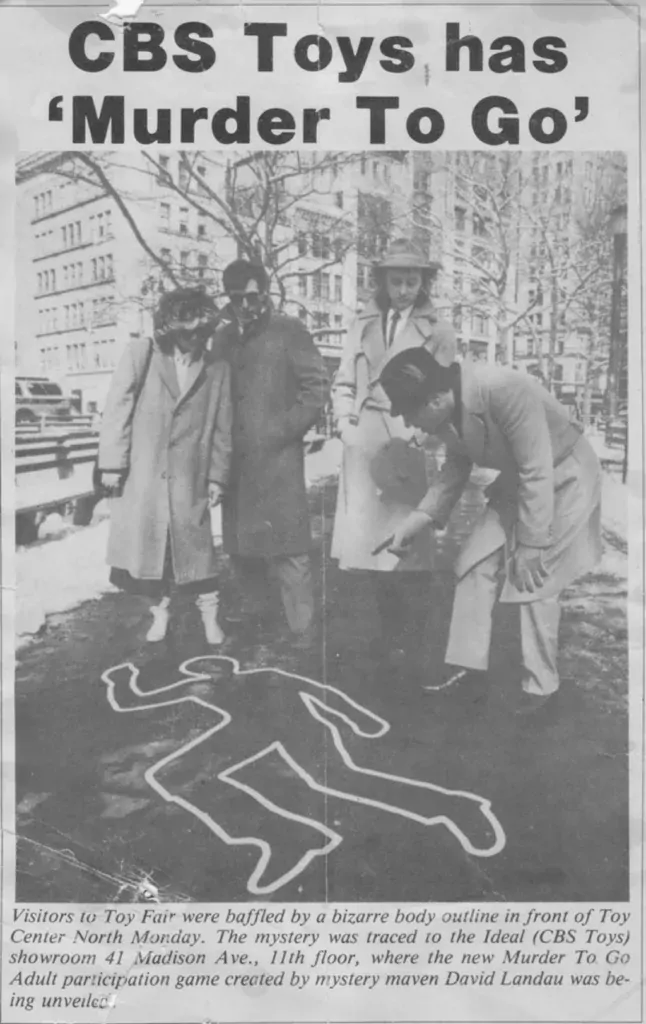
PR wizard Barry Schwartz (really, there’s no other word for him) was front and center staging events during all those years. One of his great Toy Fair memories is spraying body outlines all around the Toy Center to promote an Ideal game called Murder to Go. He and his team were out in the streets in the middle of the night to avoid traffic and detection. Nonetheless, the police came, but Barry charmed them so easily, they laughed and enjoyed the joke. Nobody went to jail. Schwartz also recalls that these stunts didn’t have to cost a lot of money. For the price of a body outline stencil and a can of white spray paint, nobody entering the Toy Center would miss it.
Schwartz also remembers an event that was far more elaborate but made the news worldwide. In 1988 with the launch of Playmates Toys’ Teenage Mutant Ninja Turtles, the turtles themselves emerged from the sewer in front of the Toy Center.
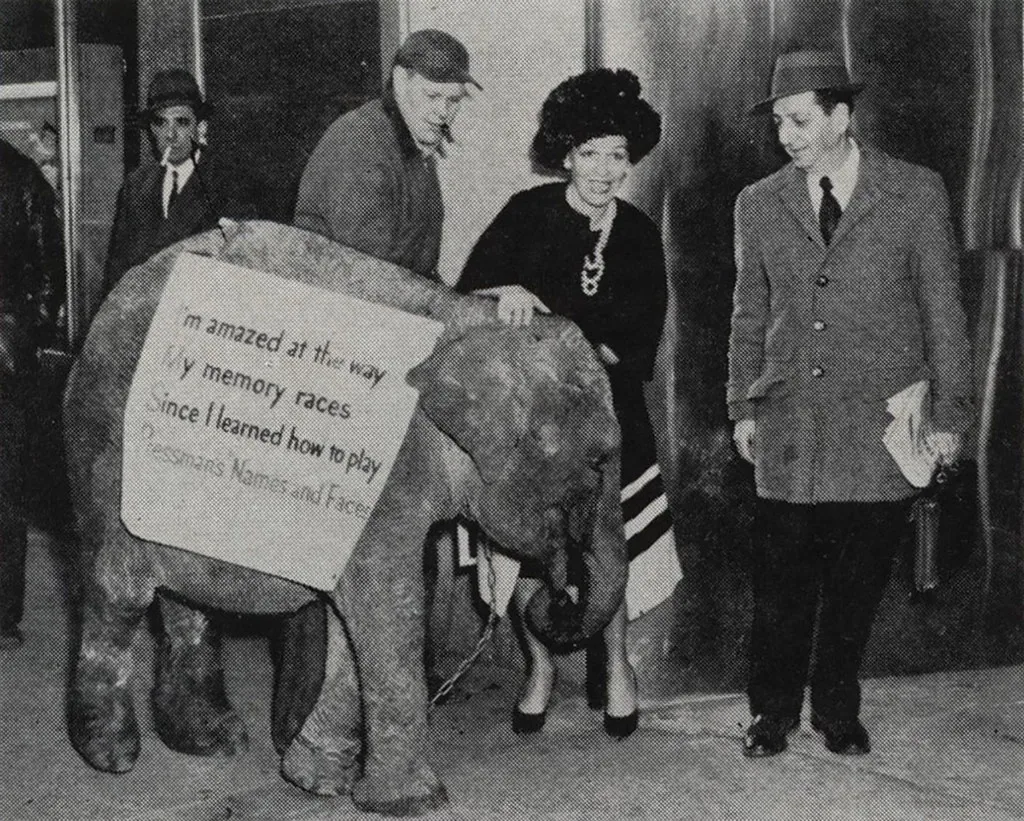
One of the all-time great stunts, however, was in 1960. Lynn Pressman, who had taken over running Pressman Toys alone after her husband Jack had died a year previously, brought a baby elephant to the Toy Center. Intended to promote a line of memory games (because an elephant never forgets), it was probably the only thing that could upstage Lynn, known for her stylish hats, her love of the business and always working with a favorite client, Oklahoma Tire.
Pressman was also known as the place to get a hot dog for lunch. The cart set up in their showroom was a staple for many years. Jim Pressman remembers that the Walmart buyer would pay him one dollar for the hot dog since company policy prohibited accepting gifts from vendors. (Not everyone was as scrupulous, but those stories are best left untold.)
Bob Moog, president of University Games, recalled that when he first came into the industry in 1985, they were on such a tight budget that they would scavenge the stairwells looking for discarded display units and materials they could repurpose. As he says, the bigger companies could afford to redesign their showrooms every year, but he could not. When they acquired Colorforms in 1998, he inherited a showroom right by the bridge between 200 Fifth and 1107 (it came down a few years ago), a prime location that virtually everyone in the industry had to pass by every day.
Michele Litzky remembers working with Christie Brinkley on Matchbox’s Real Models and Magic Johnson for Cap Toys’ Double Jam Electronic Basketball. When Johnson arrived at Toy Fair the day after he’d been named MVP in the NBA All-Star game, they had to lock the doors to keep the crowds at bay.
It was also a time of titans. Look at the Toy Industry Hall of Fame, and you’ll see names who weren’t just successful executives, they were the industry all-stars of the era. Charles Lazarus (Toys “R” Us), Alan and Stephen Hassenfeld (Hasbro), John Amerman and Jill Barad (Mattel), Neil Friedman (Lionel Leisure, Tyco, Mattel), Tom Kalinske (Mattel, SEGA, LeapFrog), are just a few of the iconic leaders that spoke not only for their companies but for the industry as a whole, and they shaped it for decades. In many cases, their impact is still being felt.
Is Toy Fair still fun? Of course, it is! That will never change, though it will probably never again be the citywide, nationwide, and worldwide event it was during the golden age. This year, if you run into someone who’s been in the business a while, ask them for their favorite Toy Fair tales. You’re sure to be amazed and amused.
…And don’t get me started on all of the Toy Fair blizzards.
Top Photo: A Toy Fair party at the legendary Fifth Avenue Club (200 Fifth Ave) in 1960 | Source: Jim Pressman
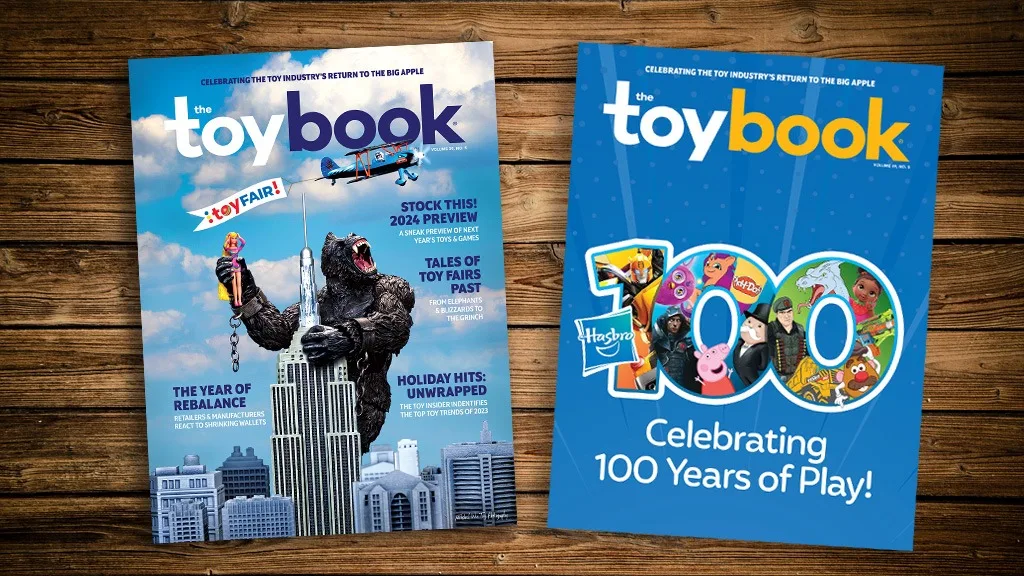
A version of this feature was originally published in the 2023 Toy Fair issue of The Toy Book. Click here to read the full issue! Want to receive The Toy Book in print? Click here for subscription options!

